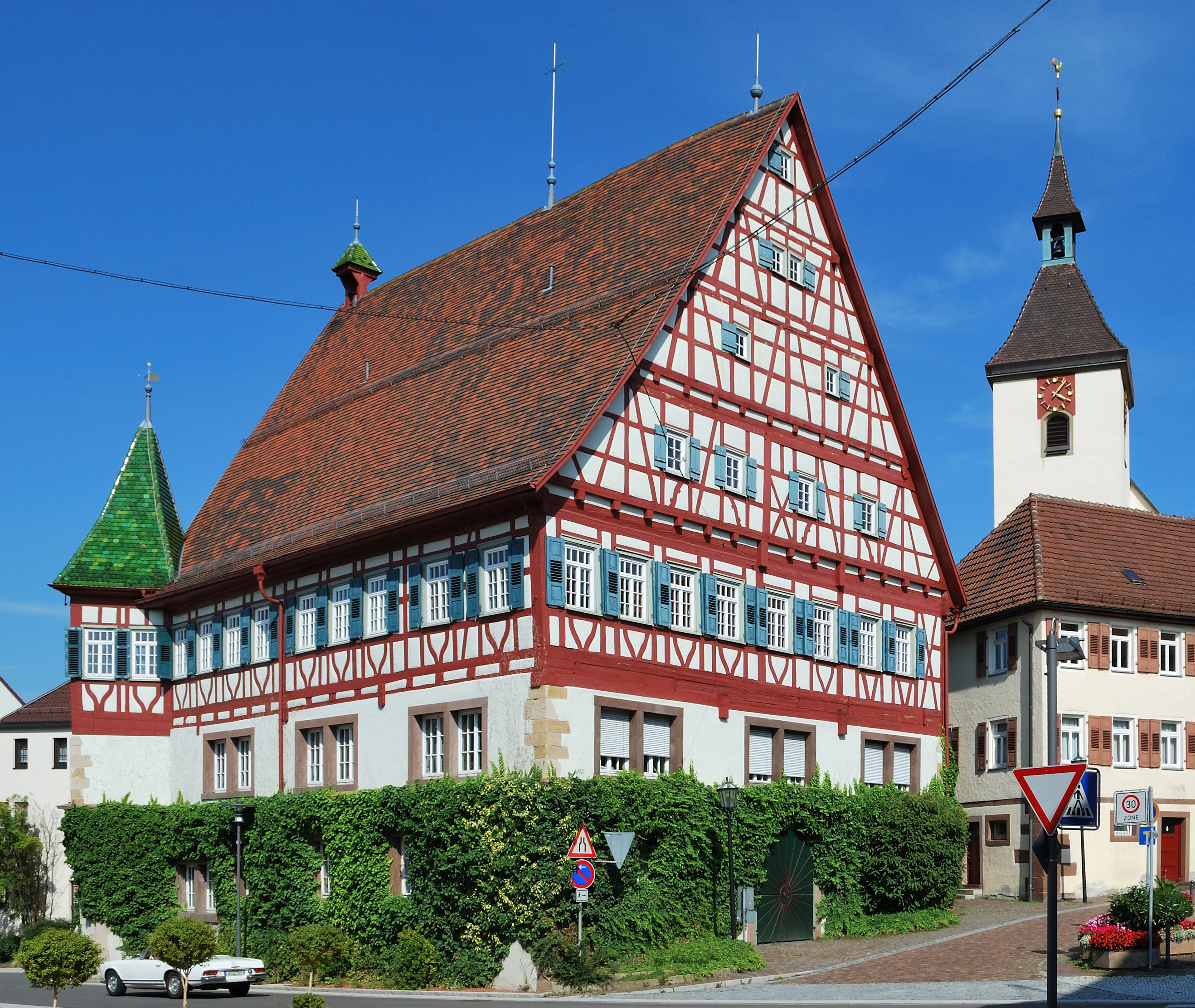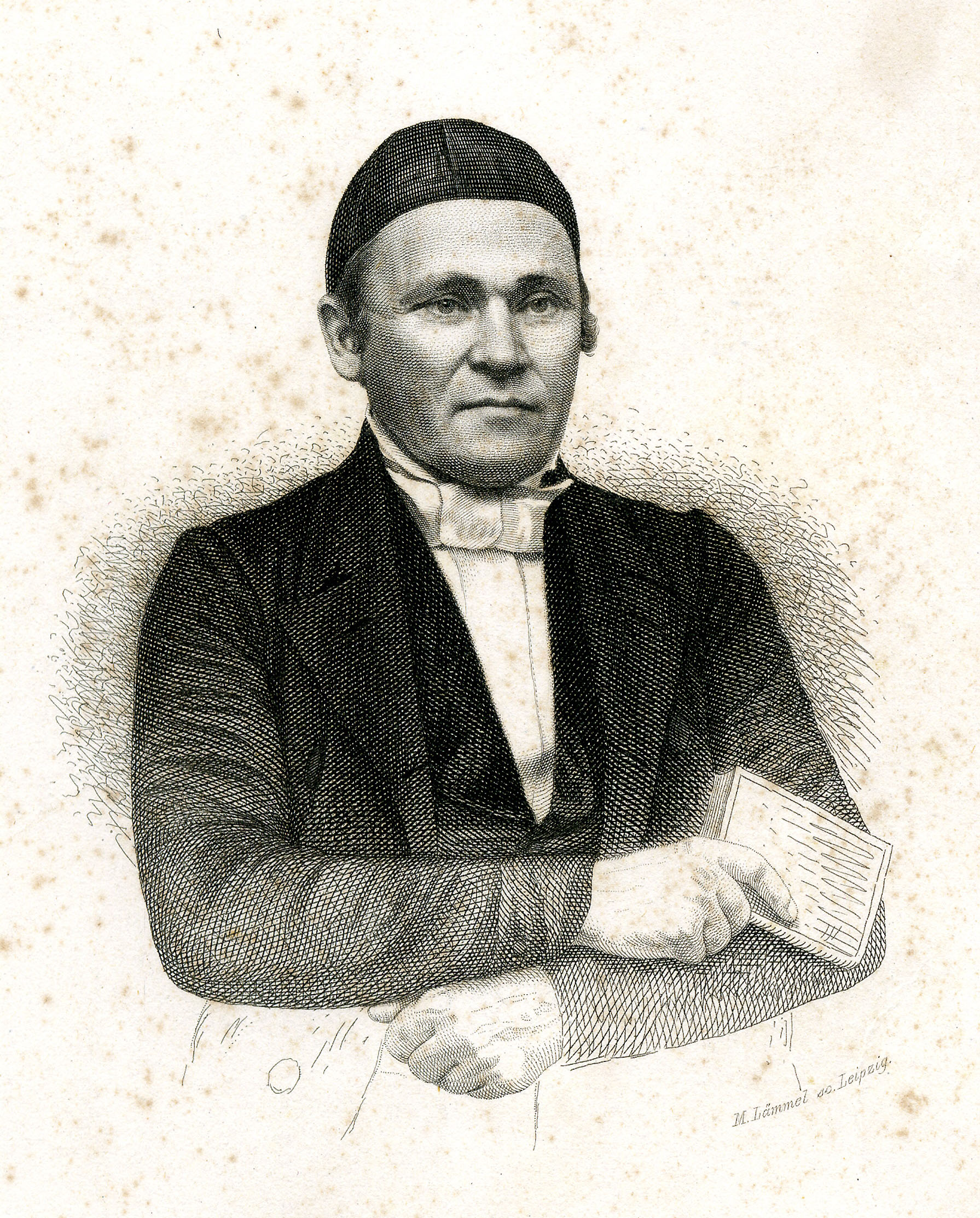Korntal-Münchingen on:
[Wikipedia]
[Google]
[Amazon]
Korntal-Münchingen is a town in the district of Ludwigsburg,




 * Johann Georg Gmelin (1674-1728), pharmacist and chemist
*
* Johann Georg Gmelin (1674-1728), pharmacist and chemist
*
Baden-Württemberg
Baden-Württemberg (; ), commonly shortened to BW or BaWü, is a German state () in Southwest Germany, east of the Rhine, which forms the southern part of Germany's western border with France. With more than 11.07 million inhabitants across a ...
, Germany. It is situated at the northwestern border of Stuttgart
Stuttgart (; Swabian: ; ) is the capital and largest city of the German state of Baden-Württemberg. It is located on the Neckar river in a fertile valley known as the ''Stuttgarter Kessel'' (Stuttgart Cauldron) and lies an hour from the Sw ...
and 8 km of its centre, and 10 km southwest of Ludwigsburg. Korntal was begun in the 19th Century when King Wilhelm of Württemberg
Württemberg ( ; ) is a historical German territory roughly corresponding to the cultural and linguistic region of Swabia. The main town of the region is Stuttgart.
Together with Baden and Hohenzollern, two other historical territories, Württ ...
permitted a group of Württemberg Pietists to erect a settlement based on the settlement congregations of the Herrnhut
Herrnhut ( Sorbian: ''Ochranow''; cs, Ochranov) is an Upper Lusatian town in the Görlitz district in Saxony, Germany, known for the community of the Moravian Church established by Nicolas Ludwig, Count von Zinzendorf in 1722.
Geography
It is ...
er Bruedergemeine or Moravian Church
The Moravian Church ( cs, Moravská církev), or the Moravian Brethren, formally the (Latin: "Unity of the Brethren"), is one of the oldest Protestantism, Protestant Christian denomination, denominations in Christianity, dating back to the Bohem ...
.
Geography
Location
Korntal-Münchingen is in the Strohgäu, at elevations between 285 and 405 meters. It lies directly on the northwestern border ofStuttgart
Stuttgart (; Swabian: ; ) is the capital and largest city of the German state of Baden-Württemberg. It is located on the Neckar river in a fertile valley known as the ''Stuttgarter Kessel'' (Stuttgart Cauldron) and lies an hour from the Sw ...
.
Constituent communities
Korntal-Münchingen was created from the forced merger of the city Korntal and the community Münchingen. It is divided into three districts: Korntal, Münchingen, and Kallenberg. The official designation of the districts is Korntal-Münchingen, area Korntal; Korntal-Münchingen, area Münchingen; Korntal-Münchingen, area Kallenberg. Area Korntal consists of the former city of Korntal, and area Münchingen consists of the bigger part of the former village of Münchingen, including Müllerheim, the mill "Glemsmühle" at the Glems stream and the estate "Hof Mauer". It also comprises the former settlements of "Birkach", "Leinfelden" nd Rugelberc ? never heart of that one! settlements that had been abandoned by the Early Modern era. Area Kallenberg consists of that part of the area of the former village of Münchingen that lies East of motorway A 81 and North of B 10, and developed around an industrial area since the 1950s.


History
The present city was founded on 1 January 1975, in the course of district reform in Baden-Württemberg, when the city of Korntal and the community of Münchingen were combined - against the declared will of most of the citizens of Münchingen, to say the least.Korntal
The district Korntal was first documented in 1297 in the records of Sindelfingen. Korntal was an estate until 1819. In 1819 the town of Korntal was founded as a civic-religious community on the model of the communities established in Germany by theMoravian Church
The Moravian Church ( cs, Moravská církev), or the Moravian Brethren, formally the (Latin: "Unity of the Brethren"), is one of the oldest Protestantism, Protestant Christian denomination, denominations in Christianity, dating back to the Bohem ...
. In connection with the construction of the Great Hall of Württemberg, William I of Württemberg
William I (german: Friedrich Wilhelm Karl; 27 September 178125 June 1864) was King of Württemberg from 30 October 1816 until his death.
Upon William's accession, Württemberg was suffering crop failures and famine in the "Year Without a Summer", ...
granted certain special rights to the community. These were lost in 1919 with the Weimar constitution
The Constitution of the German Reich (german: Die Verfassung des Deutschen Reichs), usually known as the Weimar Constitution (''Weimarer Verfassung''), was the constitution that governed Germany during the Weimar Republic era (1919–1933). The c ...
; at this time the community was no longer connected to the Moravian Church. In 1868, Korntal station was opened on the Black Forest Railway between Zuffenhausen and Calw. On 30 June 1958, the community of Korntal gained the status of a city.
Münchingen
Münchingen was first documented in 1130 in the "Zwiefalter Chronicle", and was ceded in 1336 by the sons of Ulrich von Asperg to Count Ulrich of Württemberg. St. Catharine's Hospital was built in 1278 and a mill was built in 1381. In 1558 the "old" Münchinger Castle was built; the "new" castle was built in 1735. During theThirty Years' War
The Thirty Years' War was one of the longest and most destructive conflicts in European history, lasting from 1618 to 1648. Fought primarily in Central Europe, an estimated 4.5 to 8 million soldiers and civilians died as a result of batt ...
, a large part of the village was destroyed. The first courthouse was built in 1599 and was rebuilt in 1687. The St. John's Lutheran Church was newly built from 1645 to 1650. A new school was built in 1645, and then rebuilt in 1743-1744. In 1906, Münchingen received a rail connection (Strohgäubahn), a single-track regional train from Feuerbach
Ludwig Andreas von Feuerbach (; 28 July 1804 – 13 September 1872) was a German anthropologist and philosopher, best known for his book '' The Essence of Christianity'', which provided a critique of Christianity that strongly influenced ge ...
to Weissach.
Mayor
The mayor is Joachim Wolf. He was elected in 2007 and reelected in 2015. His predecessor was Peter Stritzelberger.http://www.korntal-muenchingen.de/,Lde/start/Stadtverwaltung/Wahlen.html, 28. Mai 2015Education
The is located in Korntal-Münchingen.Sons and daughters of the town
 * Johann Georg Gmelin (1674-1728), pharmacist and chemist
*
* Johann Georg Gmelin (1674-1728), pharmacist and chemist
* Irmela Hijiya-Kirschnereit
Irmela Hijiya-Kirschnereit b. (born 20 August 1948 in Korntal) is a distinguished German Japanologist and Translator. In 1992 she was awarded Germany's most prestigious prize for distinction in research, the Gottfried Wilhelm Leibniz Prize.
...
(born 1948), Japanologist
Personalities who have worked on the ground
*Johann Ludwig Krapf
Johann Ludwig Krapf (11 January 1810 – 26 November 1881) was a German missionary in East Africa, as well as an explorer, linguist, and traveler. Krapf played an important role in exploring East Africa with Johannes Rebmann. They were the first ...
(1810-1881), pietistic missionary, explorer, linguistic and African explorer.
* Martin Winterkorn (born 1947), Chairman of the Board of Management of Volkswagen AG, grew up in Münchingen
International relations
Korntal-Münchingen is twinned with: * :Mirande
Mirande (; oc, Miranda) is a commune in the Gers department, Occitania, southwestern France.
Geography
Population
Sites of interest
* Town Hall
* St. Mary's Cathedral
* Astarac Square
* Clock Tower
* Rohan Tower
Image:Hôtel de ville d ...
(Gers
Gers (; oc, Gers or , ) is a department in the region of Occitania, Southwestern France. Named after the Gers River, its inhabitants are called the ''Gersois'' and ''Gersoises'' in French. In 2019, it had a population of 191,377.
)
* : Tubize (Walloon Brabant
Walloon Brabant (french: Brabant wallon ; nl, Waals-Brabant ; wa, Roman Payis) is a province located in Belgium's French-speaking region of Wallonia. It borders on (clockwise from the North) the province of Flemish Brabant (Flemish Region) and ...
)
References
{{DEFAULTSORT:Korntal-Munchingen Ludwigsburg (district) Württemberg